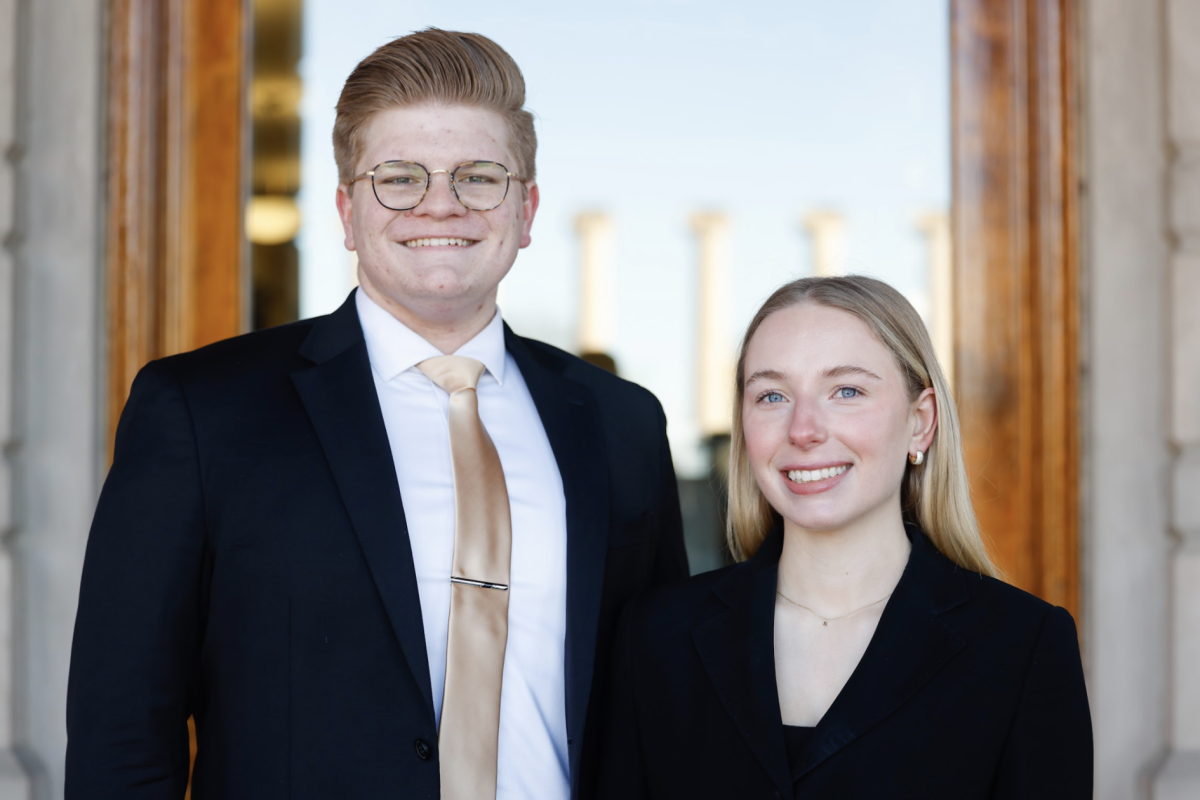By the end of this academic year, 110 tenured faculty will lock up their offices for the last time and retire from MU, university officials told The Maneater.
Chancellor R. Bowen Loftin announced in September 2014 that [MU would offer a voluntary separation plan](https://www.themaneater.com/stories/2014/9/19/mu-announces-buyout-plan-tenured-retirement-eligib/) to faculty who are over the age of 62 by Aug. 31, 2015. The plan would award 150 percent of a year’s salary, capped at $200,000, to those who agreed to retire at the end of the academic year. Of the 261 qualified faculty, 110 accepted the offer.
Loftin called the turnover, the magnitude of which is rare, a “truly extraordinary opportunity” for the university. He said normally about 11 or 12 tenured faculty retire each year.
“That is a chance to renew our faculty, to bring extraordinary faculty to the university that will not simply replace those who are here but compliment other senior hires we’re making right now,” Loftin said during a [March 18 press conference](https://www.themaneater.com/stories/2015/3/18/loftin-discusses-challenges-campus-climate-faculty/). “(New faculty hires will) adapt this university fully for the future in terms of the opportunities we have in formal education and research.”
The heft of the turnover will be felt most in the colleges of Arts and Science, Agriculture, Food and Natural Resources and Education. These colleges will lose 42, 15 and 14 faculty members, respectively.
####Blazing a new trail
Some administrators view the exodus of 110 faculty as an opportunity to free up funds for new initiatives.
Michael O’Brien, dean of the College of Arts and Science, said he isn’t just looking for faculty who can backfill old roles when making new hires. Rather, he’s looking for people who can help boost the university’s standing in the [Association of American Universities](https://www.aau.edu/), a group of 62 of the most prestigious research universities in the U.S. and Canada.
The AAU uses eight indicators — seven of which judge performance based on statistics — to determine how universities rank within their system. O’Brien said MU is currently at the “bottom of the barrel” in many of the AAU’s quantitative categories. He pointed to the fact that MU only has six faculty who are members of the [National Academy of Sciences](http://www.nasonline.org/), one of the leading associations of “distinguished scholars” in the country.
O’Brien said while MU is trying to improve its standing in areas like faculty citations, it is not catching up quickly enough.
MU has been successful in its effort to try to improve its standing with the AAU in some cases, O’Brien said, like when Professor of Chemistry and Radiology M. Frederick Hawthorne [was awarded](https://www.themaneater.com/stories/2013/2/8/president-barack-obama-awards-mu-professor-nationa/) the National Medal of Science by President Barack Obama in 2012. However, O’Brien said, MU is not catching up quickly enough in categories like faculty citations.
“We’re getting better, but so is everybody else at a higher rate,” he said.
Only one indicator, the strength of the undergraduate education, is based on qualitative measures rather than quantitative ones. MU performs well in this category, O’Brien said — so well that he credits the good rating of the undergraduate program as the reason MU hasn’t been kicked out of the AAU.
“If it were just (judged) on the numbers, we’d have been gone 30 years ago … but we’re still here,” he said.
O’Brien said he’s also prioritizing new hires that can contribute to MU’s reputation for quality undergraduate education. He said getting undergraduates involved in research will keep MU at the forefront of progressive education.
“Getting kids involved in research — student undergrads, not just grads — is immensely important,” O’Brien said. “I wouldn’t hire somebody, whether it was in theater or in physics, who doesn’t want undergrads in his or her lab or in the theater.”
####A more constrained plan
CAFNR Dean Thomas Payne said he has different concerns. He is primarily focused on filling the roles left vacant by the 15 retiring faculty members.
Currently, Payne and administrators are conducting internal analysis in order to determine which roles need to be filled through hiring, he said.
The college will not be able to replace all of the faculty it loses due to lack of funding. Payne will not be giving preference to tenure-track faculty over non-tenure-track ones in the hiring process, he said he is just trying to “fill critical positions.”
Payne said he is also going to put some of the revenue created by retirees aside for merit-based raises for current faculty and staff.
####Buying time
College of Education Dean Daniel Clay said he feels constrained by time as well as money.
Clay said he plans to rehire about half of the 14 faculty members set to retire from the college at the end of the year. Some of the faculty who are retiring will return to finish research, while others will return to teach a class or two, Clay said.
The returning faculty will not be in violation of the buyout plan’s parameters as long as they are re-employed on a part-time basis, which the statutes define as 70 percent or fewer hours compared to full-time employment.
The move will buy Clay time to prioritize hiring searches and make sure they find the right candidates.
As Clay considers new hires, he said his goal is to find people who will enhance key areas of the college’s strategic plan, which are to improve the quality of academic programs and research, to create and sustain a positive and productive work environment and to increase the cultural and international competency of faculty, staff and students.
“We think of those things whenever we make a decision to spend money,” Clay said. “We say, ‘Is spending this money going to move the needle on one or more of those things?’ If the answer is no, we won’t do it.”
####Saving for a “common good”
The colleges will contribute a portion of the revenue freed up by the retirees to the MU Strategic Operating Plan, which O’Brien called a “common good” fund.
The plan calls for every department, except scholarships and campus safety, to reallocate 2 percent of its general operating funds every year until fiscal year 2018. These funds will be used primarily to “enhance (MU’s) academic stature as measured by publicly made available metrics, including those of the AAU,” according to the [MUSOP website](http://strategicoperatingplan.missouri.edu/).
“We made that offer because we realized that the campus didn’t have any ability to look down the line and say, ‘There’s a great initiative over there if we only had the funding,’” O’Brien said.
The plan, which is in the second year of its five-year schedule, will have generated approximately $300 million for the university by fiscal year 2018.
Clay said he’s excited by the opportunity for growth a turnover this large allows.
“This is a win-win situation for faculty who are interested in moving on to the next phase of their life and staying engaged in the university in a ways that they’d still like to,” Clay said. “And it also provides us as deans and as a campus an opportunity to re-evaluate how we use our resources and to invest them wisely.”













